The Brutalist
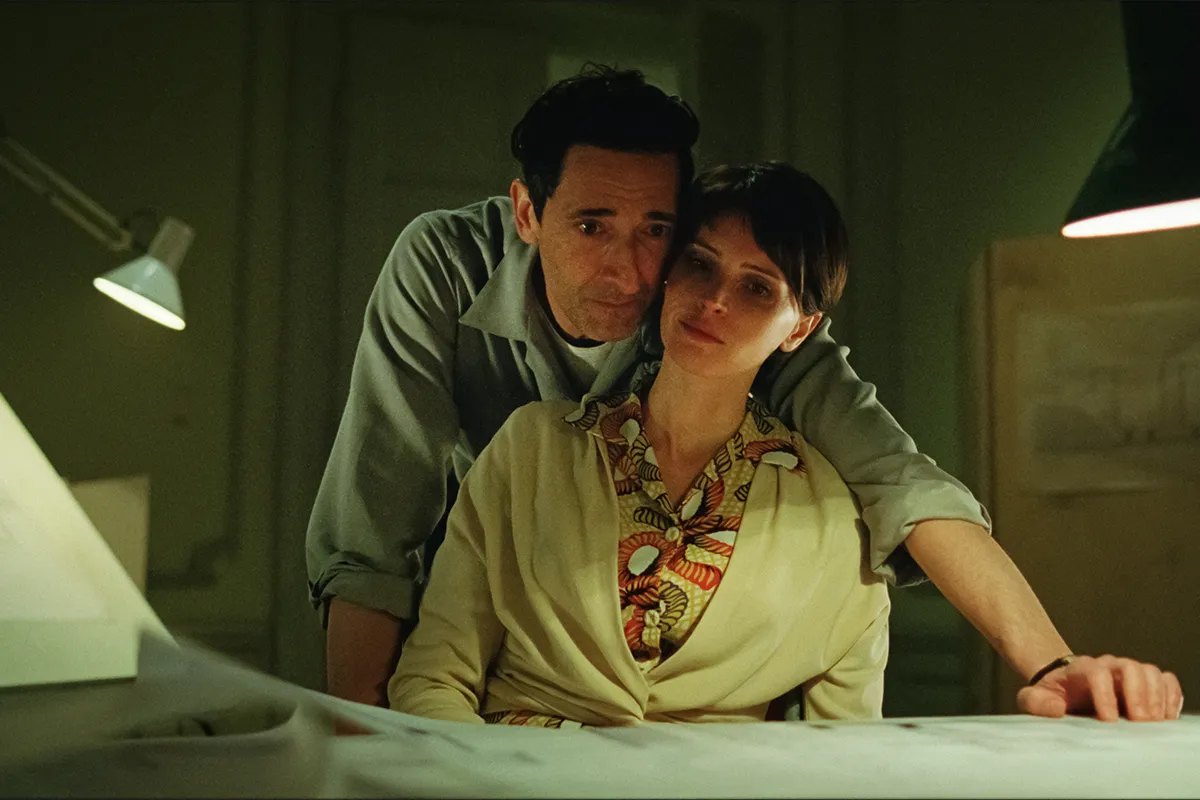
One of the undisputed highlights canvassing the autumn festivals before its general release in early 2025 is actor-turned-director Brady Corbet’s return to film after a brief excursion into television with The Crowded Room. The first American feature to be shot entirely in Vista Vision since 1961’s One-Eyed Jacks (ad interim the format has been only used for certain special effects segments) already won Corbet the Silver Lion for Best Direction in Venice and will be a major contender in the upcoming awards season.
Building upon his Oscar-winning performance in The Pianist (and surpassing it), Adrien Brody stars in The Brutalist as Lázló Tóth, a Jewish architect, who leaves his war-torn native Hungary for the United States. However, the nightmarish cracks lining the American Dream don’t take long to come into view. After accepting humiliation by being forced to sell furniture or work construction sites despite his education, Tóth thinks his luck has finally turned around when the extraordinarily wealthy Harrison Lee Van Buren (Guy Pearce) hires his architectural services.
Just like the titular post-war building style defied the nostalgic approach of its predecessors, the film rejects all sentimentality in its depiction of the United States as a so-called safe haven for those seeking shelter. The ambitious camerawork supports this ruthlessness, without its minimalism: shaky hand-held shots convey the seasickness felt before setting foot on dry land, perseverant tracking shots keep abreast with our protagonist as he tries to navigate the logistics of this new world and finds himself in line at the soup kitchen in order to get a hot meal.
The story of Lázló Tóth is that of any foreigner: anyone can be built up if there is a necessity for whatever they can bring to the table, but just as easily torn down if there isn’t, or if they become too self-assertive, if they “lose sight of their place in society”. Rather than reducing his character to a human punching bag, Brody embodies Tóth’s resilience with excruciating dignity.
The first screening of this feature in Venice came with a unique energy that transported a sense of being privy to a part of film history unfolding in real-time, evidenced by the fact that most audience members stayed in their seats, too stunned to speak, in the 15-minute interval splitting the three-and-a-half hour runtime. With its all-around epic and monolithic feel, it would not come as a surprise if The Brutalist were to become a defining film for what it means to be an immigrant in the United States.
Selina Sondermann
Read more reviews from our Venice Film Festival coverage here.
For further information about the event visit the Venice Film Festival website here.

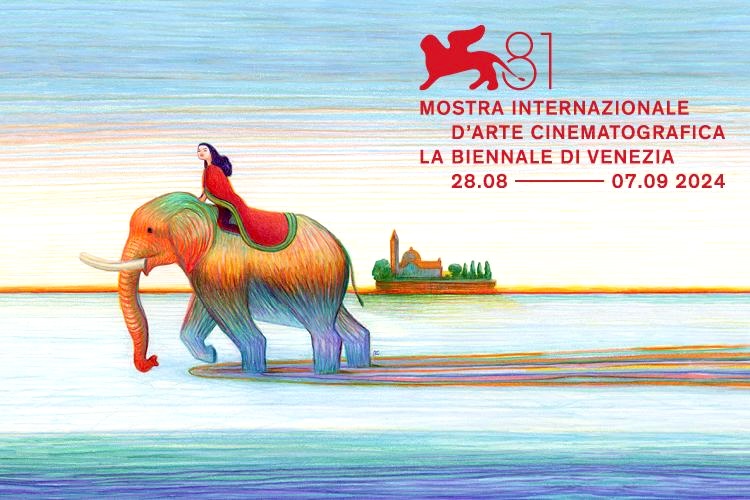

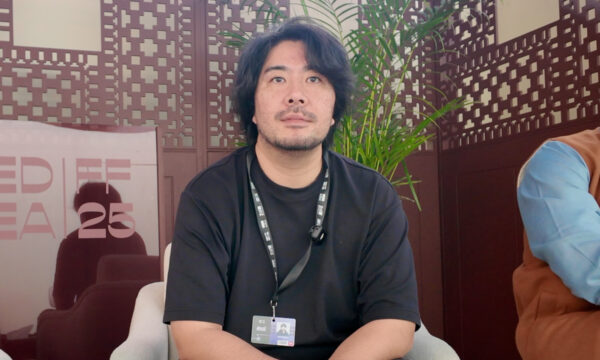
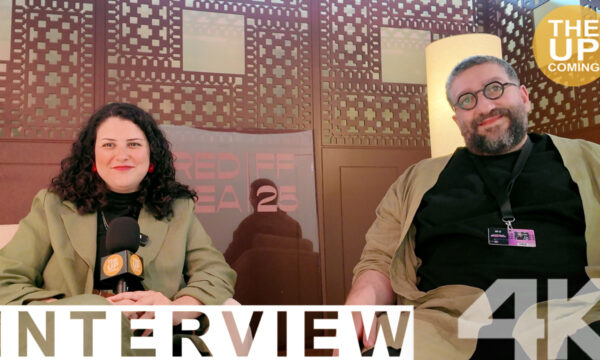

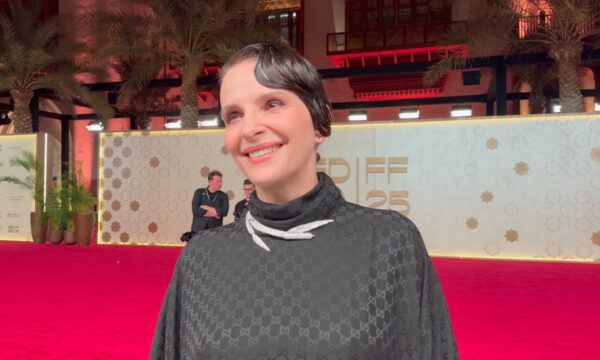

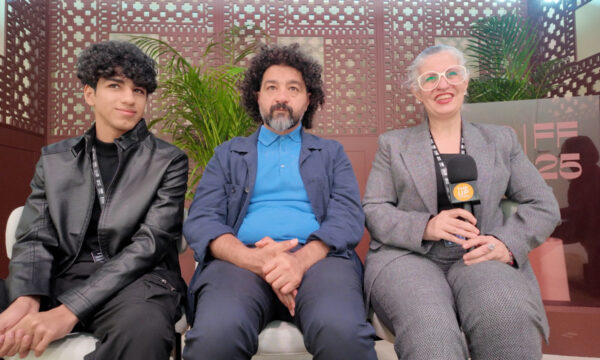











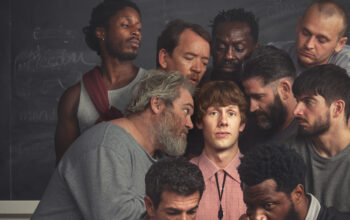
Facebook
Twitter
Instagram
YouTube
RSS